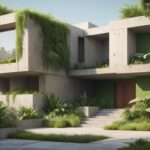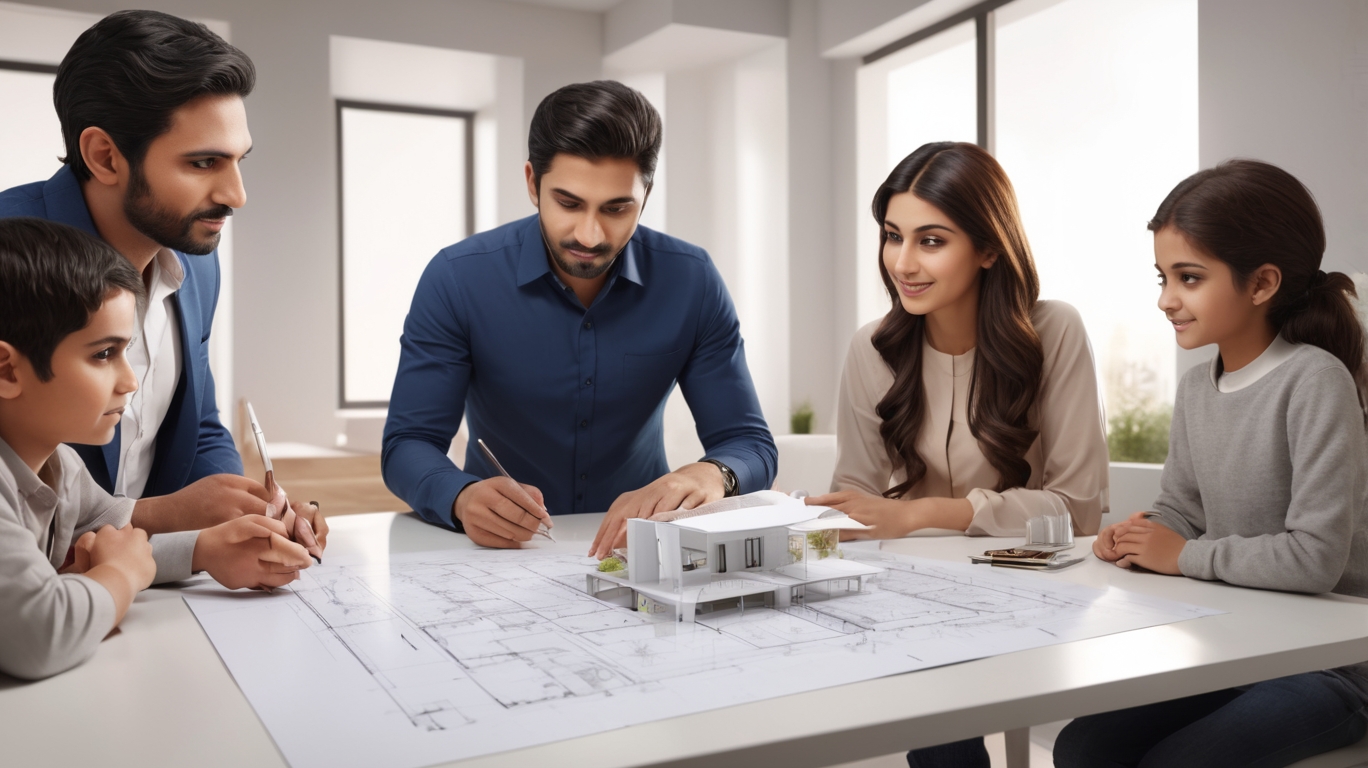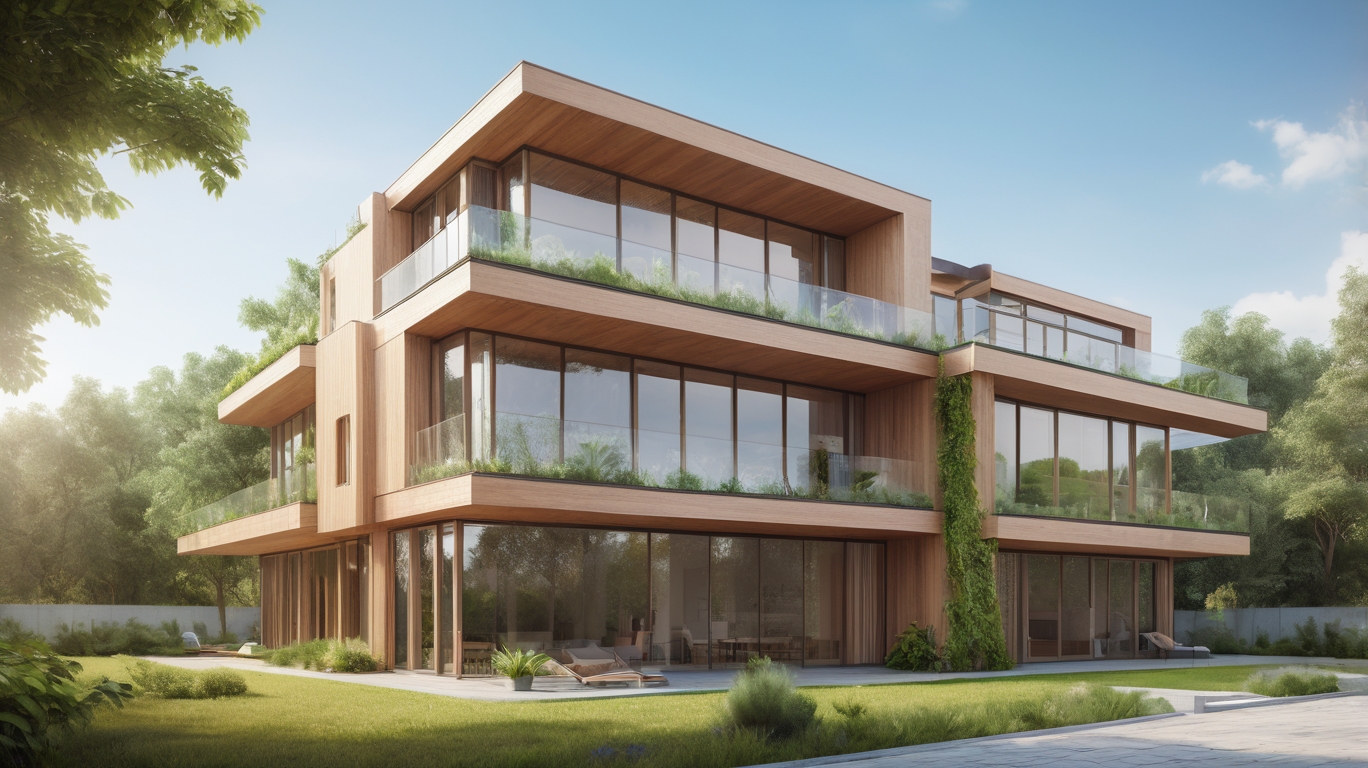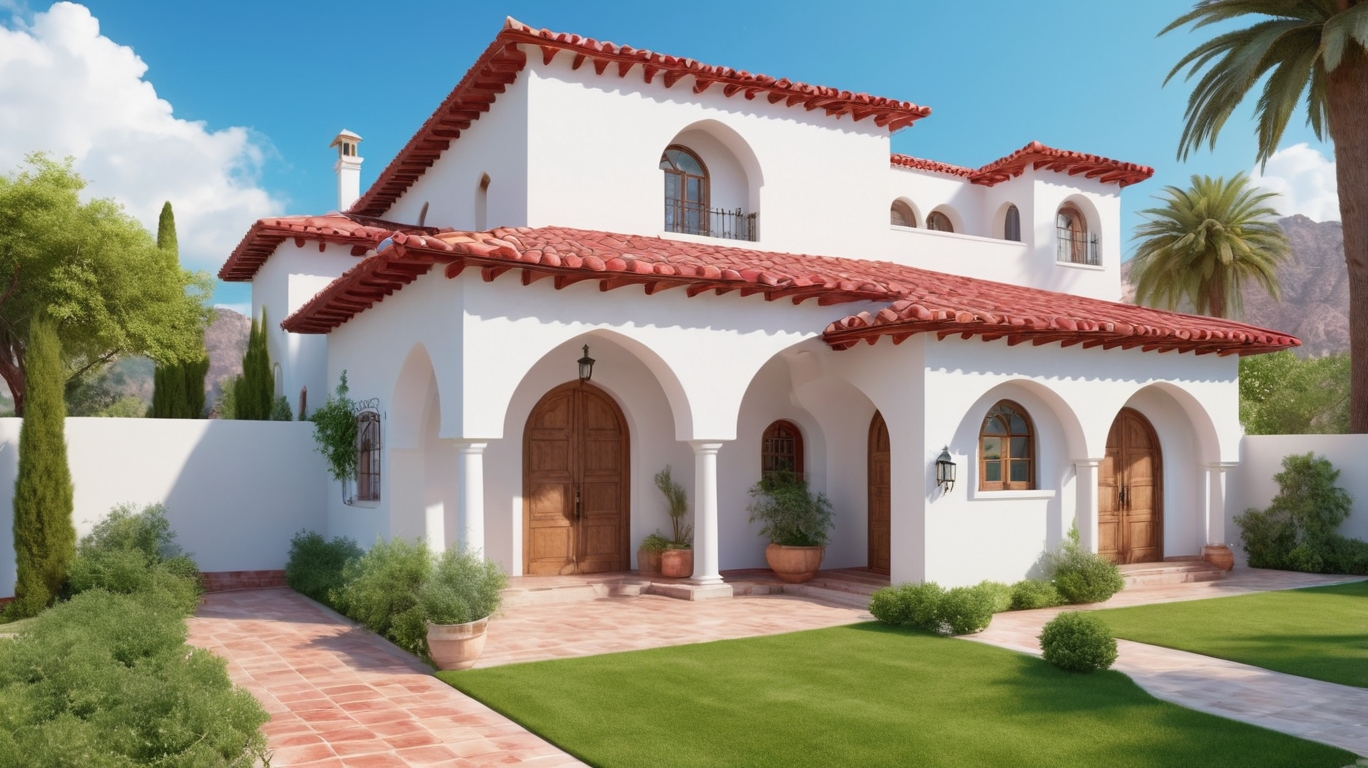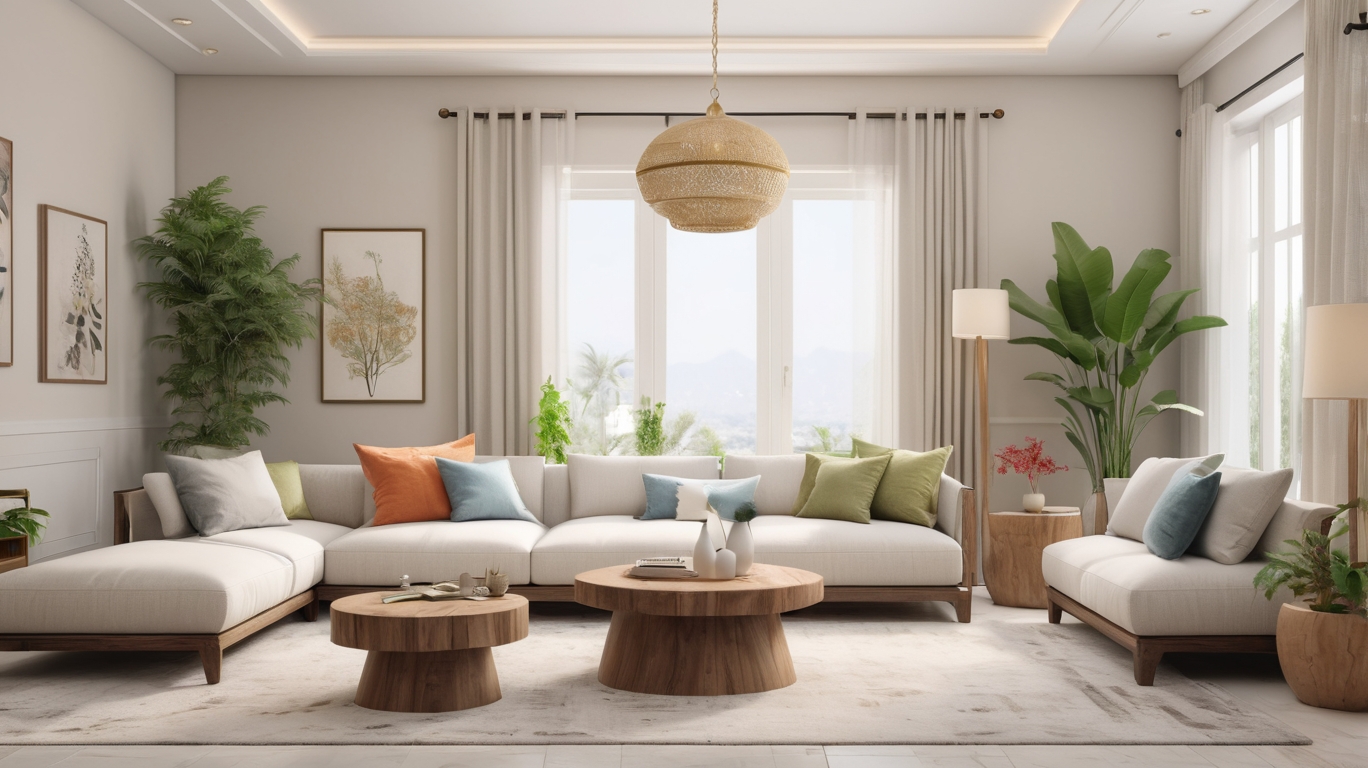Introduction
Hiring an architect is one of the most important steps in your home-building journey. A skilled architect not only brings your vision to life but also ensures your house complies with local building codes, optimizes space, and stays within your budget.
In Pakistan, where construction practices and municipal rules vary from city to city, choosing the right architect requires careful consideration. This guide outlines the key things every homeowner should know before hiring an architect in Pakistan.
1. Understand What an Architect Actually Does
Many people mistake architects for draftsmen or contractors. In reality, an architect:
- Translates your needs into functional design
- Prepares legal drawings (for LDA, CDA, etc.)
- Coordinates with engineers and contractors
- Oversees site implementation
Architects are licensed professionals trained to combine aesthetics, functionality, and safety.
2. Check for Accreditation & Experience
Always ask if the architect is registered with a governing body like:
- PCATP (Pakistan Council of Architects and Town Planners)
- IAP (Institute of Architects Pakistan)
Also look at their portfolio. Do they have experience with:
- Your plot size (5 marla, 10 marla, 1 kanal)?
- The authority your project falls under (LDA, CDA, BDA)?
3. Set Clear Expectations
Before work begins, be clear about:
- Your budget
- Preferred design style (modern, traditional, etc.)
- Number of rooms
- Features like basement, rooftop, open kitchen
Share sample photos or Pinterest boards to help convey your ideas.
4. Know the Types of Services Offered
Architects may offer full or partial services. Clarify if they will:
- Only provide layout plans
- Prepare 2D and 3D drawings
- Handle submission for LDA/CDA/BDA approvals
- Supervise site work and construction
At NakshaNigar.com, we offer customizable packages based on your needs.
5. Timeline and Delivery Milestones
Ask about timelines:
- When will the first draft be ready?
- How many revisions are allowed?
- How long will approvals take?
Delays in drawings or authority submissions can stall your entire project.
6. Clarify Pricing and Hidden Charges
Architectural fees can vary widely in Pakistan.
Typical models include:
- Per square foot pricing (e.g., Rs. 15–30/sq. ft.)
- Lump sum for a complete set (2D + 3D + submission drawings)
- Site visit charges
Always get a detailed quotation. Ask if revisions or changes are included.
7. Verify Knowledge of Local Building Codes
A good architect should know the rules of your city:
- Setback limits
- Floor area ratios
- Height restrictions
- Parking and drainage guidelines
Approval rejections can waste time and money. An experienced architect will preempt these issues.
8. Ask for a Contract or Agreement
Verbal deals can lead to misunderstandings. A written contract should mention:
- Scope of work
- Timeline
- Payment schedule
- Deliverables (AutoCAD files, PDF copies, etc.)
9. Communication & Collaboration
You should feel comfortable discussing ideas, questions, or concerns with your architect. Clear communication prevents future frustrations.
Choose someone who:
- Responds promptly
- Explains clearly
- Shares ideas proactively
10. Digital Tools and Visualization
Modern architects use software like:
- AutoCAD
- SketchUp
- Revit
- Lumion
Ask if they’ll provide:
- 3D walkthroughs
- VR views
- Rendered interiors/exteriors
These tools help you visualize the final outcome before construction.
Why NakshaNigar.com Makes It Easier
We understand how confusing hiring an architect can be. That’s why our team:
- Offers pre-verified architectural services
- Delivers online across Pakistan
- Follows LDA, CDA, BDA, and DHA regulations
- Provides transparent pricing and customized packages
With NakshaNigar.com, you get professionalism without hidden surprises.
Final Thoughts
Choosing the right architect is an investment in your future home. With the right guidance, you’ll not only get a beautiful design but also avoid costly legal, structural, or layout mistakes.
Do your homework, communicate clearly, and choose experience over shortcuts.






